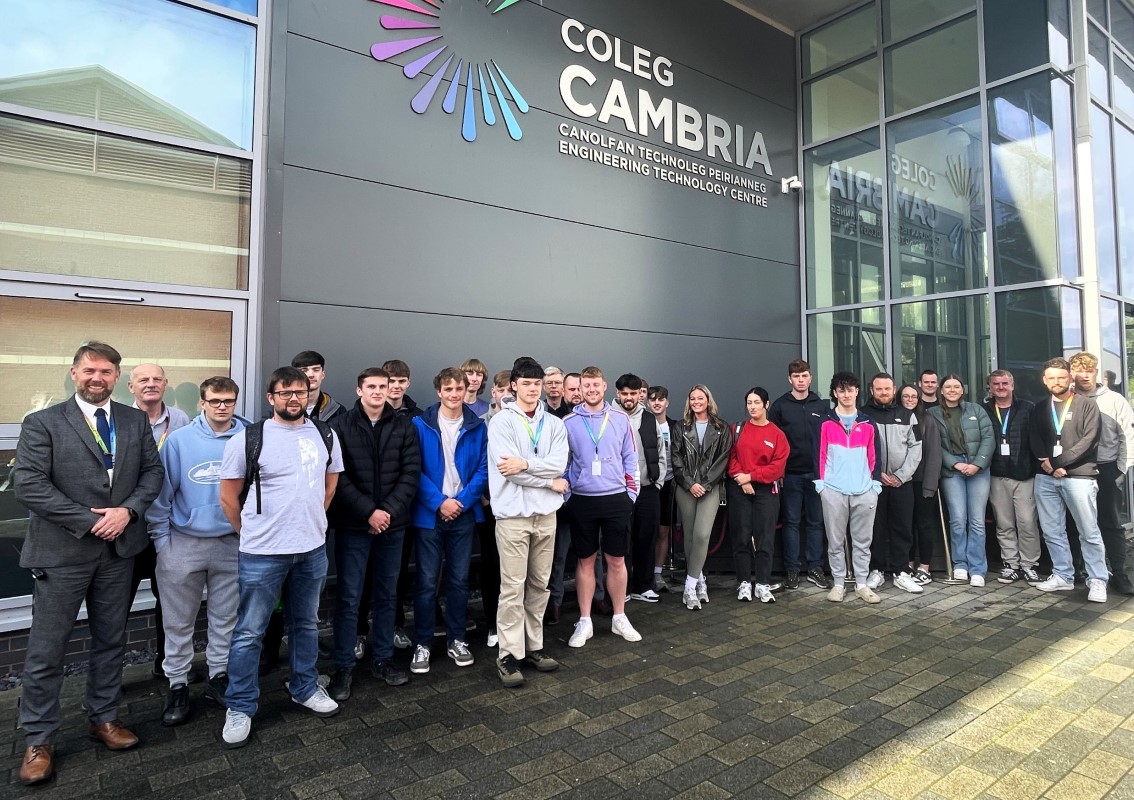Putting children at the forefront of Ed-Tech

Martin held a couple of speaker sessions at Bett 2023 last month, focusing on immersive audio in primary school classrooms and showcasing free tools teachers can use in schools.
Education technology (EdTech) has the capabilities and potential to vastly improve the quality
of education students receive. However, students are rarely involved in the development or decision-making behind the purchasing and implementation of EdTech resources. Children should be recognised as the main stakeholders in all schools and, as the generation
of the future, their input is invaluable to schools and businesses alike. Whilst schools encourage students to become Digital Leaders, more needs to be done to fully integrate children with tech that they approve of and get excited by across the whole curriculum.
Embed EdTech in the curriculum
In an increasingly digitised world, school leaders are contending with many changes and it’s
more important than ever for schools to reassess their EdTech strategy to plan engaging and interactive classes that incorporate valuable skills of the future workplace. As the Digital Enrichment Leader at Lanchester EP Primary School (Co.Durham), it is my
responsibility to oversee the delivery of Computing as a discreet subject and also the integration of technology across the curriculum. There is still a huge underuse of EdTech in many schools outside of Computing lessons and schools need to realise that it
can have an integral benefit across all subjects. Presentation skills, public speaking, creativity and collaboration are amongst the key skills students can develop by working with edtech.
For students to really reap the benefits of EdTech, it has to be properly embedded in the
curriculum and prioritised by senior leaders. The latest technologies should be put in the hands of the new influx of students every year and throughout their schooling years.
To roll this out, as school leaders choose new technologies, it’s vital that they invite students to be present for trials that are brought to schools and be in with the opportunity to
engage with the product representative. Having students as a part of the decision-making process not only means the right technology is being brought into a school, but it hands autonomy over to the students who have a say in how they would like to be educated.
There are various ways ed-tech can be taught in the classroom without the need for additional budget; For example, I did an activity with a group of pupils recently where they had to design a new piece of wearable technology (The iWristband) and asked them to think about what features it would include and then give a pitch to the rest of the class. Encouraging students to use their imagination, come up with their own ideas and think through how the technology could work is a great way to help them develop their ed-tech skills.
Various ed-tech companies also set student specific challenges and competitions where pupils are tasked with designing a new product. There is no expense involved in entering these sort of competitions and in most cases you do not need to have had a paid association with the company in advance.
Collaboration for success
We must recognise the need to build young learners’ skills to compete in the modern
economy and fuel their curious minds. Many schools are encouraging their students to delve into science, technology, engineering, and mathematics (STEM) subjects and EdTech helps to effortlessly integrate STEM into all aspects of teaching. Consider school
technology just two decades ago, smart interactive boards had just emerged and technology has changed so much since then. In the same way, teaching STEM is about developing students’ skills so they are agile and adaptable to the changes they will live through.
To ensure we are guiding and supporting the excitement of our students for STEM, we
recently took a group of student Digital Leaders to TTS, an educational resources supplier, to spend the day talking with people from the business and test out their new Oti Bot – a humanoid robot programmed by students to assist Computing lessons.
The focus of the experience was to stimulate students learning and develop their awareness
of future career opportunities. As much as the day was to enthuse the students, we found that it was just as important for the product director to hear honest feedback from one of the mainstakeholders: the students!
The collaboration between schools, EdTech product developers and students is essential to leverage the benefits of EdTech for all. Like TTS, we’ve seen other organisations place students at the forefront of decision-making. Bett, the global community for education technology, has worked hard at giving students this platform through ‘Kids Judge Bett,’ which allows students to voice their opinions on technology that inspires a love of learning. Seeing students enthused to share their ideas, engage with companies and feel listened to ensures they equally take ownership of their learning. In effect, this can only have a positive impact on their self-esteem, confidence and lifelong skills that are game-changing as an adult.
By Martin Bailey, Digital Enrichment Leader and Bett Advisory Board Member











Responses